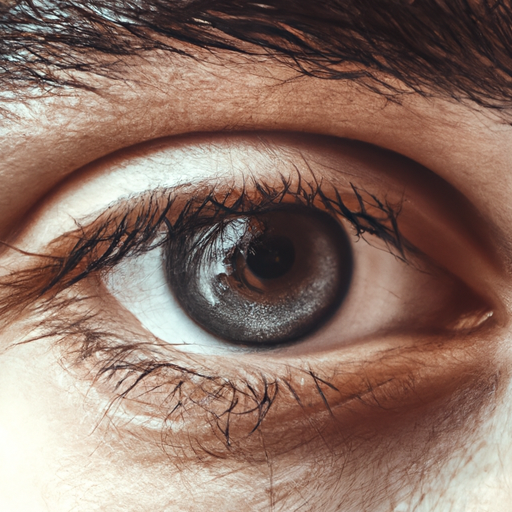Dark circles under the eyes are a common concern for many people. They can make you look tired, older, and less vibrant. While they are often associated with lack of sleep, there are many other factors that can contribute to their appearance, including genetics, aging, and lifestyle choices. But fear not, banishing these shadows is possible with a comprehensive approach to treatment.
Firstly, it’s important to understand what causes dark circles. The skin under your eyes is very thin and delicate. When blood vessels close to the skin’s surface become dilated or broken, they can create a dark bluish tint. This can be exacerbated by factors such as fatigue, aging (which thins the skin even more), dehydration, and excessive sun exposure.
To effectively treat dark circles, you need to address both the underlying causes and the visible symptoms. Here’s a comprehensive guide on how to do so:
1. Prioritize Sleep: Lack of sleep can make your skin look pale, allowing dark tissues and blood vessels beneath your skin to show. Aim for 7-9 hours of quality sleep per night.
2. Stay Hydrated: Dehydration can cause your eyes to appear sunken and shadows to appear more prominent. Drink at least eight glasses of water a day and include hydrating foods in your diet.
3. Limit Sun Exposure: The sun’s UV rays can damage your skin and worsen dark circles. Always wear a broad-spectrum sunscreen, even on cloudy days, and consider wearing sunglasses to protect the delicate skin around your eyes.
4. Healthy Diet: A diet rich in vitamins (particularly vitamin C and E), antioxidants, and omega-3 fatty acids can improve skin health and reduce the appearance of dark circles.
5. Skincare Routine: Incorporate a high-quality eye cream into your skincare routine. Look for ingredients like retinol, vitamin C, hyaluronic acid, and caffeine, which can help to brighten, tighten, and hydrate the skin.
6. Cold Compress: Applying a cold compress to your eyes can help to constrict dilated blood vessels, reducing puffiness and the appearance of dark circles.
7. Makeup: While not a treatment, a good concealer can temporarily hide dark circles. Choose a shade slightly lighter than your skin tone and apply in a triangle shape for the most natural look.
In some cases, dark circles may be a symptom of an underlying health issue, such as allergies or thyroid disease. If you’ve tried the above steps and are still struggling with persistent dark circles, it may be worth speaking to a healthcare professional.
For those seeking more dramatic results, there are also medical treatments available. These include laser therapy, which can reduce pigmentation, and filler injections, which can smooth out hollows to lessen the appearance of shadows.
Remember, everyone’s skin is different and what works for one person may not work for another. It may take some trial and error to find the right treatment for you. But with patience and consistency, it is possible to reduce the appearance of dark circles and achieve a fresher, more youthful look.
In conclusion, banishing the shadows under your eyes involves a combination of lifestyle changes, skincare routines, and possibly medical treatments. By understanding the causes and exploring different treatment options, you can find a solution that works for you. Dark circles don’t have to be a permanent fixture on your face; with the right approach, they can be effectively treated.




